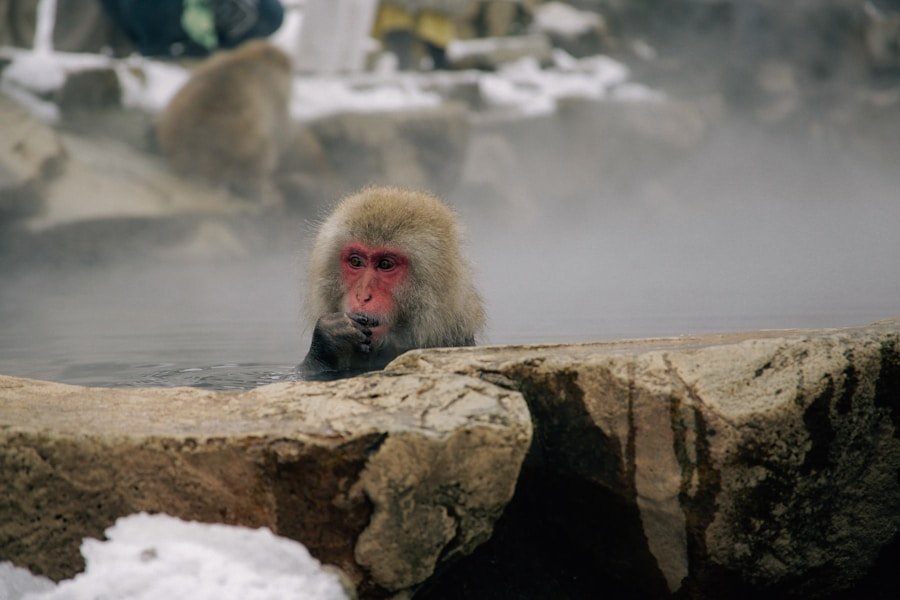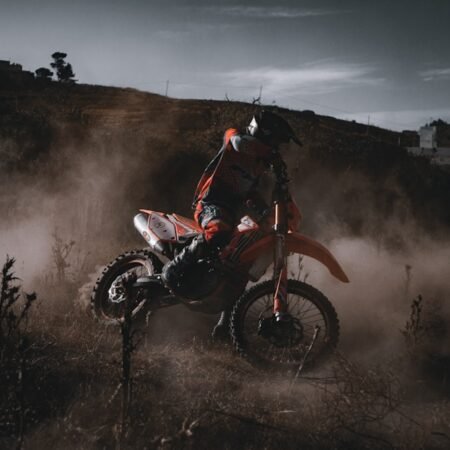Telephoto lenses are an essential tool for wildlife photographers, allowing them to capture stunning images of animals in their natural habitats from a safe distance. These lenses have a long focal length, typically ranging from 70mm to 800mm or more, which enables photographers to zoom in on distant subjects without getting too close and disturbing the wildlife. This is particularly important when photographing shy or easily startled animals, as it allows photographers to capture intimate and detailed shots without causing any harm or disruption to the animals.
In addition to providing a safe shooting distance, telephoto lenses also offer a shallow depth of field, which can help isolate the subject from its surroundings and create a beautiful, blurred background that draws attention to the animal. This can be especially useful when photographing wildlife in busy or cluttered environments, as it allows photographers to create visually striking images that focus on the beauty and majesty of the animal. Furthermore, telephoto lenses are also capable of capturing fine details and textures, such as the intricate patterns on a bird’s feathers or the intense gaze of a predator, which can add depth and emotion to wildlife photographs.
Factors to Consider When Choosing a Telephoto Lens for Wildlife Photography
When choosing a telephoto lens for wildlife photography, there are several important factors to consider. The first consideration is the focal length of the lens, which will determine how close you can zoom in on distant subjects. Longer focal lengths, such as 300mm or 400mm, are ideal for capturing wildlife from a significant distance, while shorter focal lengths, such as 70mm or 100mm, may be suitable for closer encounters or wider shots of animals in their environment.
Another important factor to consider is the maximum aperture of the lens, which will affect its performance in low light conditions and its ability to create a shallow depth of field. A wider maximum aperture, such as f/2.8 or f/4, can allow for faster shutter speeds and better low-light performance, making it easier to capture sharp and detailed images of wildlife in challenging lighting situations. Additionally, the weight and size of the lens should also be taken into account, as larger and heavier lenses may be more difficult to handle and carry in the field, especially when hiking or traveling long distances.
Top Telephoto Lenses for Wildlife Photography: A Comparison
There are several telephoto lenses on the market that are well-suited for wildlife photography, each offering unique features and capabilities to meet the needs of different photographers. One popular option is the Canon EF 100-400mm f/4.5-5.6L IS II USM lens, which provides a versatile zoom range and excellent image stabilization for capturing sharp and steady shots of wildlife in motion. Another top choice is the Nikon AF-S NIKKOR 200-500mm f/5.6E ED VR lens, which offers a long reach and impressive vibration reduction technology to minimize camera shake and produce clear images even at extreme focal lengths.
For photographers using Sony mirrorless cameras, the Sony FE 200-600mm f/5.6-6.3 G OSS lens is a highly regarded option that provides exceptional image quality and a wide zoom range for capturing a variety of wildlife subjects. Additionally, the Tamron SP 150-600mm f/5-6.3 Di VC USD G2 lens is a popular third-party choice that offers a long focal length and effective vibration compensation for handheld shooting, making it a versatile and budget-friendly option for wildlife photographers.
Tips for Using Telephoto Lenses in Wildlife Photography
When using a telephoto lens for wildlife photography, there are several tips and techniques that can help photographers achieve the best results. One important tip is to use a sturdy tripod or monopod to support the weight of the lens and camera, especially when shooting at longer focal lengths or in low light conditions. This can help minimize camera shake and ensure sharp and clear images, particularly when using slower shutter speeds or capturing distant subjects.
Another useful tip is to use the lens’s image stabilization or vibration reduction technology to minimize blur caused by hand movement or camera shake. This feature can be especially helpful when shooting handheld at longer focal lengths, as it can help produce sharper images and reduce the risk of motion blur. Additionally, it’s important to pay attention to the background and composition of the shot when using a telephoto lens, as these lenses have a tendency to compress distances and bring distant objects closer together, which can affect the overall look and feel of the image.
Maintaining and Caring for Your Telephoto Lens
Proper maintenance and care are essential for keeping telephoto lenses in good working condition and ensuring they continue to produce high-quality images over time. One important aspect of lens maintenance is keeping the lens clean and free of dust, dirt, and smudges, which can affect image quality and clarity. This can be done by using a soft brush or air blower to remove loose particles from the lens surface, followed by gently wiping it with a clean microfiber cloth or lens cleaning tissue to remove any remaining debris.
It’s also important to protect telephoto lenses from moisture and extreme temperatures, as these can cause damage to the lens elements and internal components. When shooting in wet or humid conditions, it’s advisable to use a protective lens hood or filter to shield the front element from raindrops and splashes, and to store the lens in a dry environment when not in use. Additionally, it’s important to handle telephoto lenses with care and avoid dropping or knocking them against hard surfaces, as this can cause internal damage or misalignment of the lens elements.
The Future of Telephoto Lenses in Wildlife Photography
As technology continues to advance, the future of telephoto lenses in wildlife photography looks promising, with new innovations and improvements being made to enhance their performance and capabilities. One area of development is in the field of image stabilization and vibration reduction technology, with manufacturers working to improve these features to provide even greater stability and sharpness when shooting at long focal lengths or in challenging conditions. Additionally, advancements in lens design and materials may lead to lighter and more compact telephoto lenses that are easier to handle and carry in the field.
Another area of potential growth is in the development of telephoto lenses for mirrorless camera systems, which are becoming increasingly popular among wildlife photographers due to their compact size and advanced features. Manufacturers are likely to continue expanding their offerings of telephoto lenses for mirrorless cameras, providing photographers with more options for capturing stunning images of wildlife with these versatile and portable camera systems. Furthermore, advancements in autofocus technology may lead to faster and more accurate focusing capabilities in telephoto lenses, making it easier for photographers to track and capture fast-moving wildlife with precision and confidence.
Embracing the Wild with Telephoto Lenses
In conclusion, telephoto lenses play a crucial role in wildlife photography by allowing photographers to capture stunning images of animals from a safe distance while preserving their natural behavior and environment. When choosing a telephoto lens for wildlife photography, it’s important to consider factors such as focal length, maximum aperture, weight, and size to ensure that it meets your specific needs and shooting style. There are several top telephoto lenses on the market that are well-suited for wildlife photography, each offering unique features and capabilities to help photographers achieve their creative vision.
Using telephoto lenses in wildlife photography requires skill, patience, and attention to detail, but with practice and dedication, photographers can capture breathtaking images that showcase the beauty and diversity of the natural world. By maintaining and caring for telephoto lenses properly, photographers can ensure that their equipment remains in good working condition and continues to produce high-quality images over time. As technology continues to advance, the future of telephoto lenses in wildlife photography looks promising, with new innovations and improvements being made to enhance their performance and capabilities.
In conclusion, telephoto lenses are an essential tool for wildlife photographers that enable them to embrace the wild with confidence and creativity, capturing stunning images that inspire awe and appreciation for the natural world.








